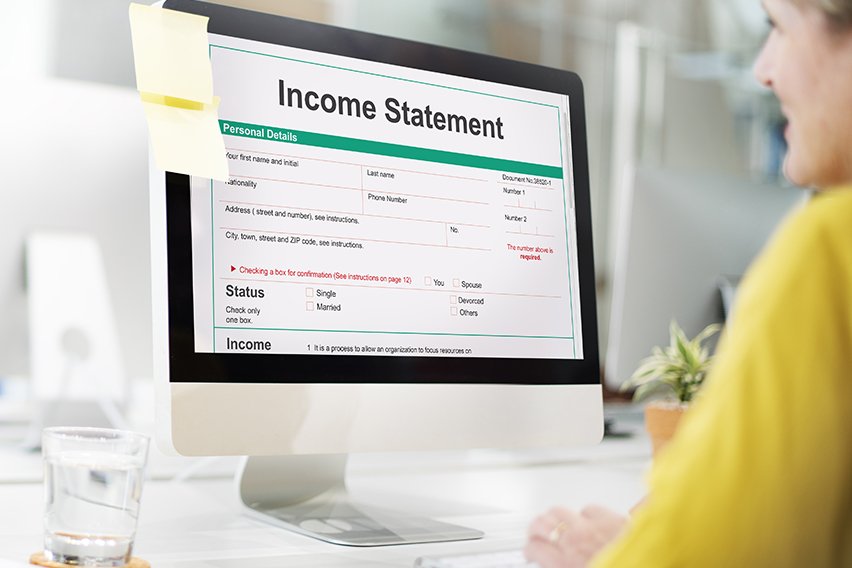What Is a Journal Entry in Accounting?

A journal entry is a record of the business transactions in the accounting books of a business. A properly documented journal entry consists of the correct date, amounts to be debited and credited, description of the transaction and a unique reference number.
A journal entry is the first step in the accounting cycle. A journal details all financial transactions of a business and makes a note of the accounts that are affected. Since most businesses use a double-entry accounting system, every financial transaction impact at least two accounts, while one account is debited, another account is credited. This means that a journal entry has equal debit and credit amounts.
What this article covers:
- What Is the Purpose of a Journal Entry?
- What Is Included in a Journal Entry?
- How Do You Write a Journal Entry?

What Is the Purpose of a Journal Entry?
A journal is a record of transactions listed as they occur that shows the specific accounts affected by the transaction. Used in a double-entry accounting system, journal entries require both a debit and a credit to complete each entry. So, when you buy goods, it increases both the inventory as well as the accounts payable accounts.
Journal entries are the foundation for all other financial reports. They provide important information that are used by auditors to analyze how financial transactions impact a business. The journalized entries are then posted to the general ledger.
What Is Included in a Journal Entry?
A journal entry requires the following elements:
- A header which includes the date of the entry
- A reference number or a journal entry number that can be used to index and retrieve the journal when required
- The account number and name. These are recorded in the first column into which the entry is recorded
- The debit amount is entered in the second column
- The credit amount is entered in the third column
- The description of the journal entry in the footer
How Do You Write a Journal Entry?
The basic format of a journal entry is as follows:
The total amount you enter in the debit column equals the total amount entered in the credit column.
There are different types of journal entries that include:
Adjusting Entry
To bring the financial statements in to compliance with the accounting framework such as GAAP, adjusting entries are made at the end of the accounting period. These entries are typically made to record accrued income, accrued expenses, unearned revenue and prepaid expenses.

Compound Entry
When there are more than two lines of entry in a journal, it’s known as compound entry. This is often used to record several transactions at once or enter details of complex transactions such as payroll that involves a number of deductions and tax liabilities, and hence, contains several lines.
Reversing Entry
Made at the beginning of the accounting period, reversing journal entries are made to reverse or cancel entries that were made in the preceding period and are no longer required. Such as wage accrual which is replaced by an actual payroll expenditure.
Manual journal entries and the verification process is often a long and tedious process which exposes businesses to the unnecessary risk of errors and fraud. Since the spreadsheets prepared manually are unable to verify key information such as account numbers, entries might be made incorrectly.
To avoid this many small businesses are adoption accounting software that provide advanced accuracy and control with improved efficiency at every step of the accounting process. The accounting software allows you to create, review and approve journal, along with supporting documentation.
RELATED ARTICLES

 What Is the Difference Between Cash and Accrual Accounting?
What Is the Difference Between Cash and Accrual Accounting? Single-Step vs Multi-Step Income Statement: Key Differences for Small Business Accounting
Single-Step vs Multi-Step Income Statement: Key Differences for Small Business Accounting How to Calculate Manufacturing Overhead Costs
How to Calculate Manufacturing Overhead Costs Business Budget: How to Create It in 6 Simple Steps
Business Budget: How to Create It in 6 Simple Steps 7 Questions About How Accounts Receivable Financing Works
7 Questions About How Accounts Receivable Financing Works What Is the Cost Recovery Method? With Definitions and Examples
What Is the Cost Recovery Method? With Definitions and Examples